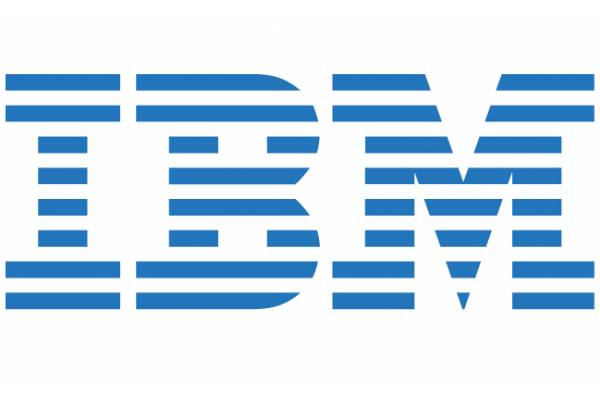Jugaad Innovators do not reinvent, they improvise. There are
some simple methods that can be implemented to enhance improvement at regular
stages. Improving on regular basis will ensure that the need never arises of
reinventing. Some of these methods are given below and explained briefly.
Break Rules and Shift
Values When Necessary
In July 2003, IBM’s then CEO Sam Palmisano organized a
‘Value Jam’. A three day long online brainstorming session in which all
employees were invited to renew and update IBM’s century-old value system. This
collaborative exercise re-contextualized the very notion of innovation and IBM’s
core values. Such activities ensure that there is always innovation happening
within the company, not just product ideas but cultural and working environment
wise too.
Don’t Let Inflexible
Investors and Customers Dictate Your Innovation Agenda
Henry Ford, founder of Ford motors said “If I had asked
customers what they wanted, they would have said ‘faster horses’”. More
recently Apple didn't do extensive market surveys to come up with the iPad.
Many consumers, researchers, analysts and media experts said that there is no
market for a product like that. Yet the iPad turned out to a breakthrough
innovation.
Create Time and Space
for Employees to Improvise and Experiment
Companies can hardly expect employees to think flexibly
while they maintain their regular routine and operate in their usual work
environment. To be able to think and act flexibly, employees need dedicated
time and an inspiring space to experiment with new idea. For instance, Google employs
a 70/20/10 model for organizing work. 70% of time has been given for their
regular work, 20% time is dedicated to side projects and 10% time has to be
given on projects that are not related to the main stream work at all. Two such
side projects that became top products for Google were the Google Maps and Gmail.
Get Outside Your
Comfort Zone to Gain New Perspectives
To truly think flexible, managers need to be taken out of
their comfort zones and exposed to new situations that challenge them to think
differently. DuPont sent its senior executives to rural India, where they had
humble revelations. None of the expensive technology solutions that were
designed for the Western urban market seemed relevant to low-income Indian
villagers. This experience forced these DuPont executives to go back to the
drawing board and co-create with local communities a whole new set of
sustainable solutions.
Partner with Flexible
Thinkers
Sometimes the best way to develop a new mindset is to seek
inspiration from outside your company. One way to do this is to partner with
already flexible and agile. US electronics retail giant Best Buy has deep ties
with Silicon Valley start-ups that tend to innovate faster and better than the
large electronics vendors that supply Best Buy. As a result, Best Buy is able
to bring groundbreaking technologies to market much faster than even its large
electronics suppliers can.
Experiment with
Multiple Business Models
Often companies become too attached to a successful business
model and find it nearly impossible to let go of it. But competition can spring
from unexpected corners and disrupt the business model overnight. Amazon.com,
aware of the potential for its own online model to be disrupted by digital
readers, has been flexible in developing and promoting a new business model
around its own e-reader, the Kindle, while maintaining its dominance in online
retailing.
Fail Cheap, Fail
Fast, Fail Often
A corollary of the willingness of Jugaad Innovators to
continually experiment is their willingness to fail cheap, fail fast and fail
often. Fernando Fabre, points out that most of the Jugaad Innovators fails
cheap, fast and often.
At Google, failure is widely celebrated, especially if you
fail fast and cheap. For instance, in 2011, Google pulled plug for on two high
profile projects, Google Health and Google PowerMeter. Both were 2 and three
years old respectively. The company mentioned its ‘inability to scale’ as the
reason to shut down both of these projects.




Comments
Post a Comment